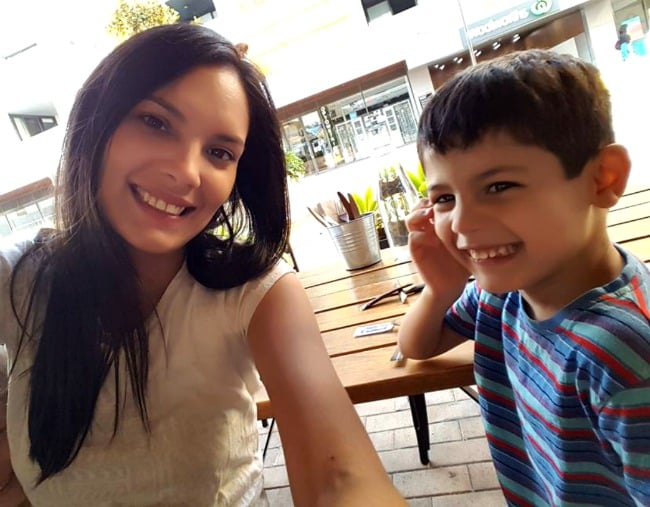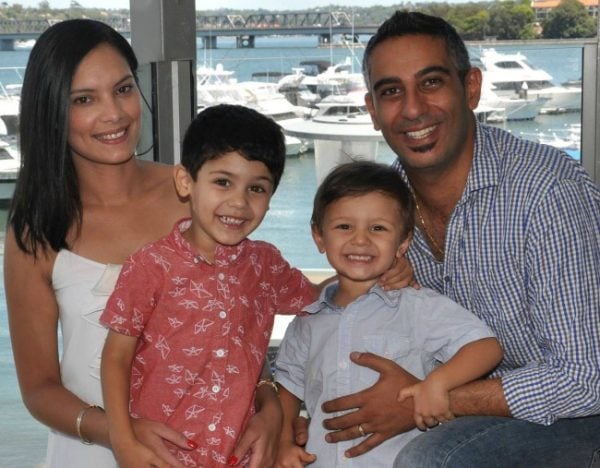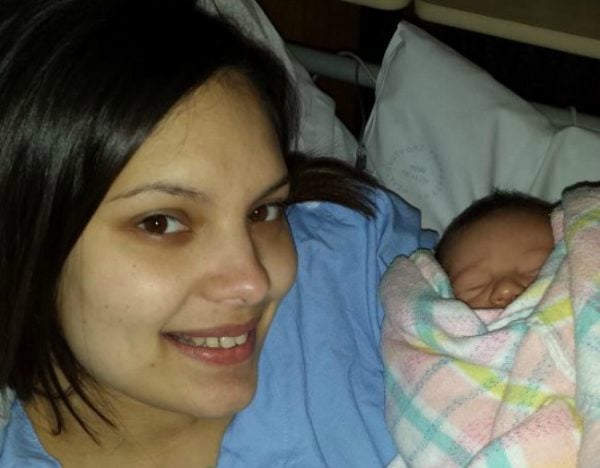
Life was simple a few years ago. Uncomplicated and carefree, the toughest decisions I had to make revolved around coordinating clutches with outfits and which shade of OPI nail colour I fancied. At 22, I lived a life like most millennial girls and didn’t pay too much consideration to the tough strides of age and illness.
I was yet to discover how life as I knew it, would change in an instant.
After a chilled weekend away with friends up Sydney’s coast, I experienced my very first in a series of lupus flare-ups. Who knew, spending a day lazing about in the sun, would send my body into complete destruction mode. One minute I was sleeping suspected heatstroke away, and the next I was waking up to discover severely inflamed finger joints along with debilitating muscle aches.
Unaware of the cause of this sudden onset of strange symptoms, I made haste and contacted my GP who then referred me to a rheumatologist back in Sydney.
I felt scared and confused as to what was happening, because up until this point, I had generally been a regular, healthy and active 22-year-old. Sure, I enjoyed the occasional night out drinking but I had never felt so trapped within my own body before.


